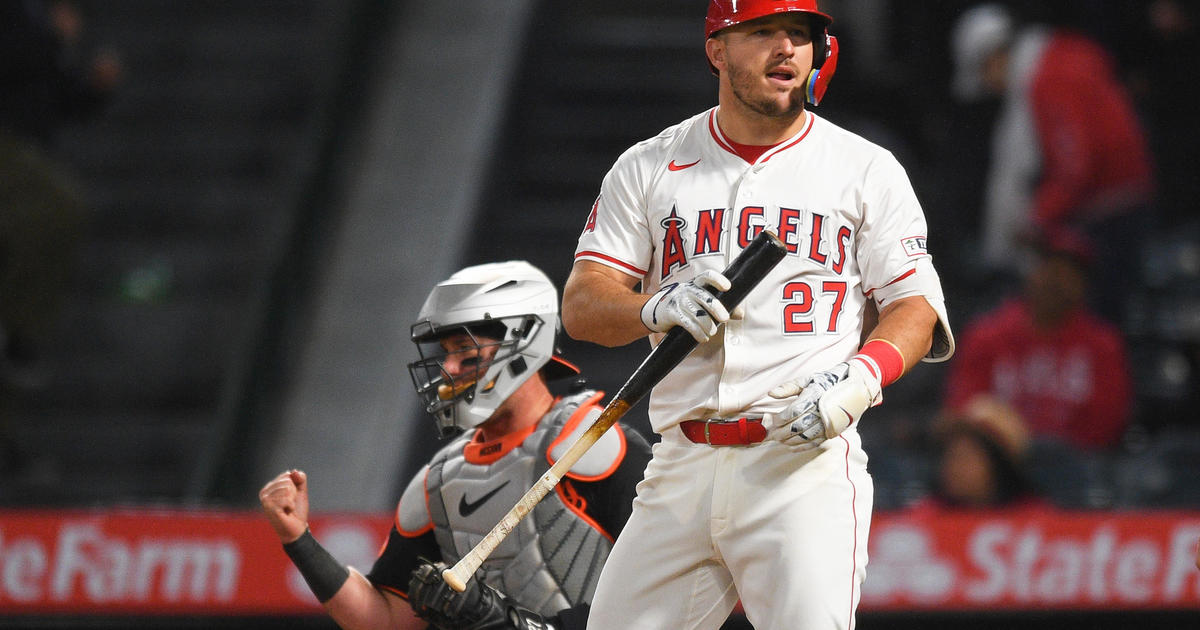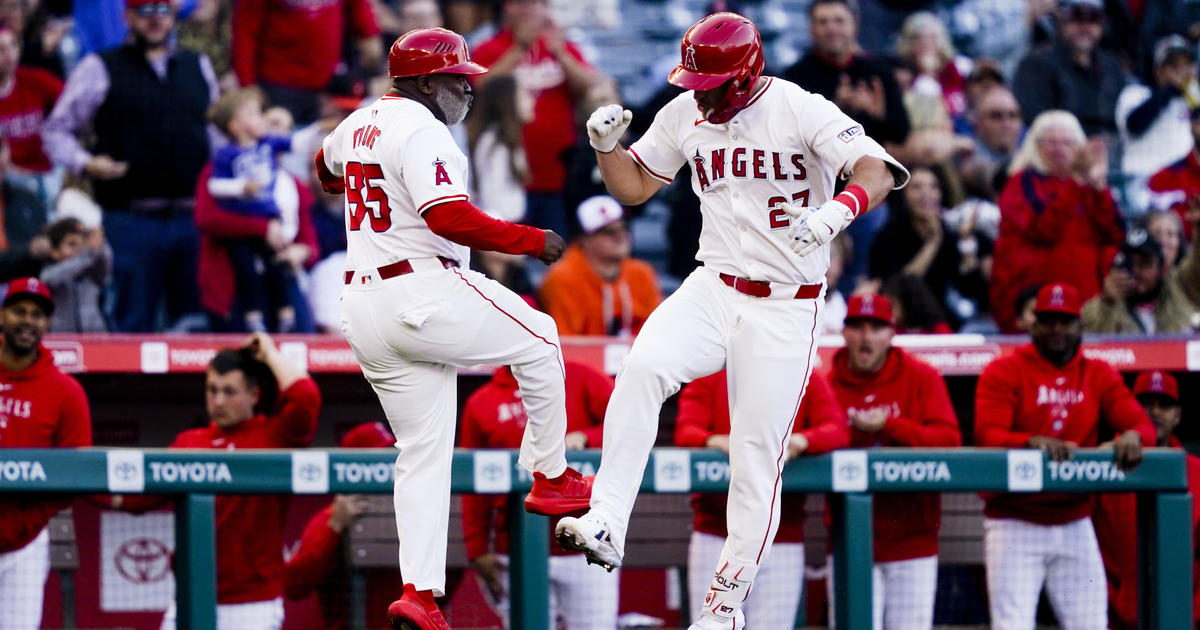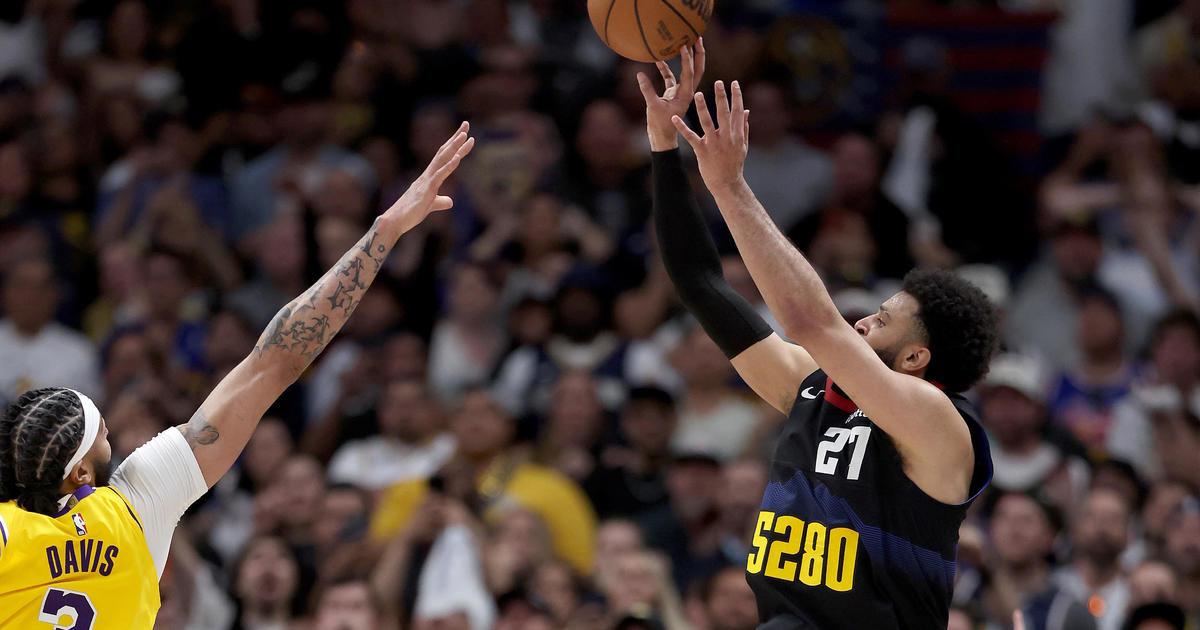Torre: Banning Home Plate Collisions Not Realistic
PEORIA, Ariz. (CBSLA.com/AP) — Joe Torre says Major League Baseball's playing rules committee leaned toward banning all home plate collisions but concluded it would be unrealistic because contact between catchers and baserunners is sometimes unavoidable.
Torre, MLB's executive vice president for baseball operations, spoke Tuesday at San Diego's spring training facility before meeting with representatives from eight clubs training in Arizona. Torre was there to answer questions and address concerns regarding the collision rule, which was announced Monday, and expanded instant replay for umpires.
Torre said when it came to the collisions rule, he had to "put the uniform back on" because there is never a perfect play at the plate and throws can make contact unavoidable. Any rule change for 2014 required approval from the players' union, which negotiated under new head Tony Clark.
"The players' association had their concerns, too, based on the fact that catchers' ... instincts is telling them to do certain things," Torre said. "Tony Clark's concern was it would have been tough to get them used to a new rule in a short period of time. I think we both agreed on the fact we want to eliminate the vicious hit."
MLB could not have implemented the rule this year without approval from the players' association. In what both sides said was a one-year experiment, the rule allows collisions if the catcher has the ball and is blocking the runner's direct path to home plate, and if the catcher goes into the basepath to field a throw to the plate.
The new rule, 7.13, states "a runner attempting to score may not deviate from his direct pathway to the plate in order to initiate contact with the catcher (or other player covering home plate)." A runner violating the rule shall be declared out, even if the fielder drops the ball.
The umpire crew chief can use the new video-review system to determine whether the rule was violated.
Torre referenced the hit on Buster Posey that left the NL MVP with broken bone in his lower left leg and three torn ligaments in his ankle in a May 2011 collision with the Marlins' Scott Cousins. That injury that helped intensify debate over plate collisions.
"At the time I talked to Bruce Bochy several times, and I said I don't see anything we can change," Torre explained. `Well, over the last couple of years I've gotten letters from parents who have kids in the minor leagues, and we've seen some vicious hits in the minor leagues, and it's got to get your attention."
Posey said Tuesday he thought the rule change was positive because it should eliminate worry of a malicious hit.
"I've always said that the main thing is for everybody to be comfortable with it, that the catchers and runners are protected," Posey said.
Torre said there is an onus on baserunners to eliminate a mindset of wanting to separate a catcher from the ball.
"I think definitely the baserunner has to have a different resolve, so to speak, in rounding third or tagging up from third," Torre said.
In a related development from a player-safety standpoint, a special hat for pitchers, made of a harder material, is still in the works. Players such as two-time NL Cy Young Winner Clayton Kershaw have taken a look at the hat, and agree that it needs further development, including aesthetically, before it can be considered.
(TM and © Copyright 2013 CBS Local Media, a division of CBS Radio Inc. and its relevant subsidiaries. CBS RADIO and EYE Logo TM and Copyright 2013 CBS Broadcasting Inc. Used under license. All Rights Reserved. This material may not be published, broadcast, rewritten, or redistributed. The Associated Press contributed to this report.)



